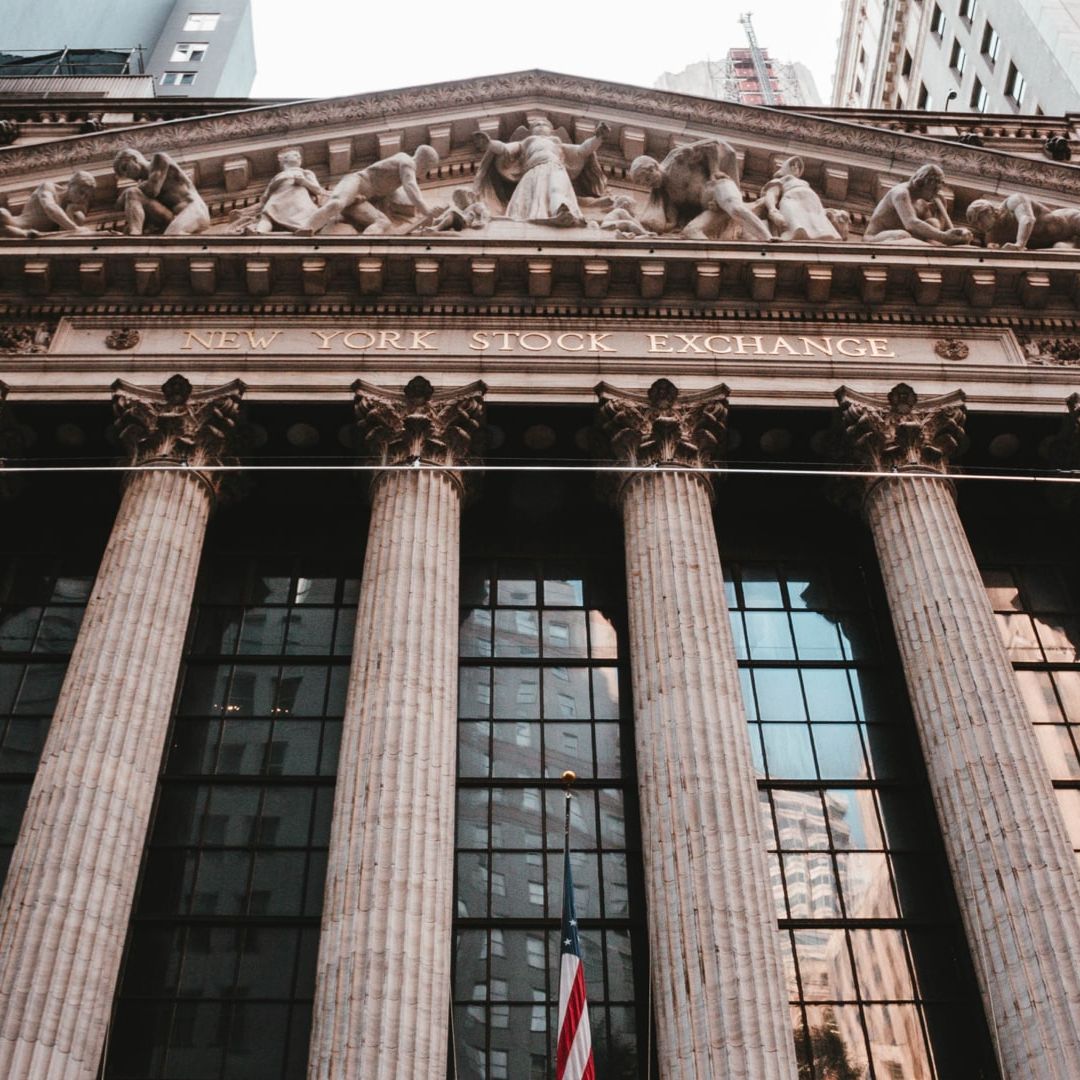The bond market is experiencing a state of turmoil, causing bond funds to plummet, and driving long-term interest rates to their highest levels since the Bush administration.
However, renowned hedge-fund manager Bill Ackman is cautioning investors against rushing into buying bonds under the impression that the worst is over.
Retirees and individuals relying on their portfolio for regular income should pay special attention to Ackman's warning. These investors are typically advised to keep a significant portion of their portfolio in bonds.
In his latest investor letter for his Pershing Square fund, Ackman states that long-term interest rates could potentially rise by another 27% from their current levels.
The yield on 10 Year Treasury notes, which serves as the central long-term interest rate for the bond market and the global economy at large, has risen from 3.8% to 4.3% in just a month. This is the highest level seen since 2007, prior to the financial crisis.
Ackman argues that this rate appears high only because recent history has made us complacent about interest rates. In reality, based on mathematical and historical standards, the yield could easily soar all the way to 5.5%.
If this were to happen, it would result in a decline of approximately 10% in 10-year Treasury bond prices and would undoubtedly plunge the stock market into turmoil, while also posing a threat to the real estate market.
“We believe that long-term interest rates can continue to rise substantially from current levels,” acknowledges Ackman. He adds, "Investors have become so accustomed to low long-term rates for many years that 4.3% seems like a high long-term rate for many fixed income investors." Furthermore, he emphasizes that when analyzing historical data and performing the necessary calculations, "We do not believe that current levels of long-term Treasury rates are high."
Ackman's analysis is quite straightforward. He suspects that inflation may stabilize at 3%, as opposed to the 2% target set by the Federal Reserve. Additionally, he advises adding "the equilibrium real short-term interest rate of 0.5%" and "the historical 2.0% average term premium for long-term rates relative to short rates" to arrive at a more accurate understanding.
In summary, this means that inflation is projected to be at 3%, with long-term Treasury bonds yielding 2.5% above inflation.
The Potential Implications of Rising Interest Rates
Bill Ackman, the renowned hedge fund manager, believes that we may see a rise in long-term interest rates and its potential impact on equity valuations. While this strategy is not unique to Ackman, it remains an important consideration for investors. It is worth exploring the two key factors underlying his argument.
Factor 1: Systemic Inflation
Ackman suggests that the Federal Reserve may need to accept a higher rate of systemic inflation than initially anticipated. He attributes this to various structural factors within the economy. These include increased defense spending, energy scarcity, the costs associated with transitioning to green energy, trade protection measures, and an emphasis on domestic manufacturing. Ackman argues that these factors will contribute to higher inflation rates in the long run.
Factor 2: Demand for Treasury Bonds
Another aspect of Ackman's argument revolves around the future demand for Treasury bonds. Not only are rising inflation rates concerning for potential buyers, but there are also supply and demand considerations. As the United States faces a growing national deficit, the government's borrowing needs increase. However, many foreign countries, particularly China, have become more cautious about lending to the US.
Furthermore, Ackman highlights the Treasury's plans to sell an additional $1.9 trillion in bonds in the second half of this year alone. Such a significant increase in supply may further impact the demand for Treasury bonds.
Mitigating Inflation Risk
Investors looking to mitigate their exposure to inflation risk may consider investing in inflation-protected Treasury bonds instead of traditional ones. These bonds offer a level of protection by adjusting for inflation.
The Reality of Rising "Real" Rates
While Ackman predicts a potential rise in "real" rates to 2.5%, only time will reveal the true outcome. Currently, inflation-protected Treasurys yield around 2%, making another half percentage point increase notable. Ackman acknowledges the uncertainty of this prediction, and while it remains a possibility, he remains more cautious in his stance.
In conclusion, Ackman's argument emphasizes the potential implications of rising interest rates on equity valuations. While some structural factors may contribute to higher inflation rates, the future demand for Treasury bonds also plays a significant role. Investors should be mindful of these factors and consider strategies to mitigate inflation risk.

Leave A Reply
Your email address will not be published. Required fields are marked *